Като Милос
Деревня, знаменитая своими вкусными персиками!
Като Милос [Kato Mylos] – это деревня области Лимассола, которая принадлежит географическому району Пицилия (Пицилья) [Pitsilia], и располагается на высоте 750 метров над уровнем моря. Это прекрасное сообщество с природными красотами и гостеприимными жителями.
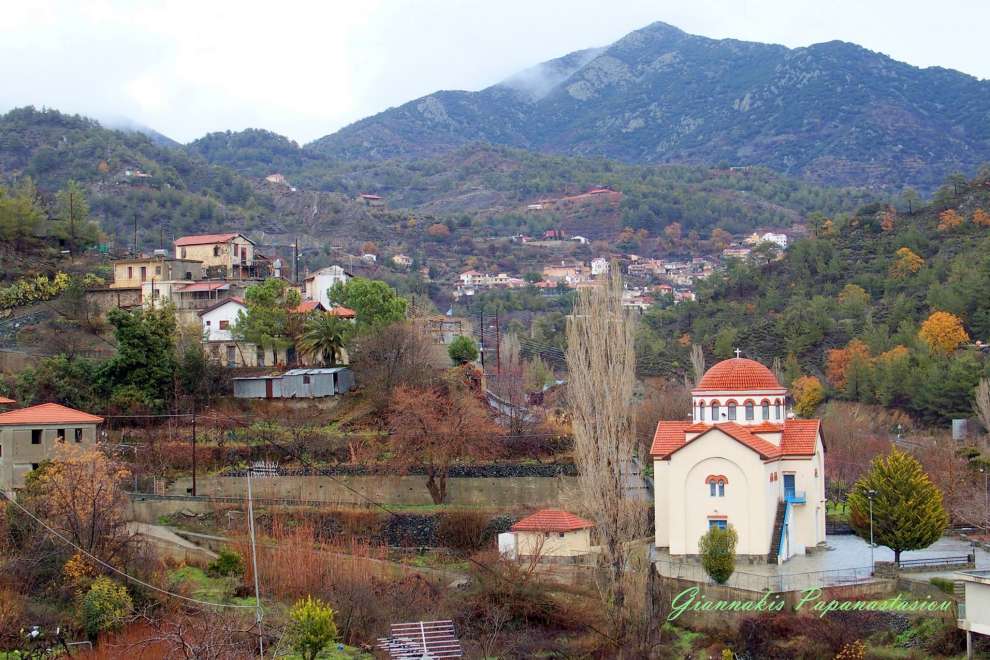 Фотo: Giannakis Papanastasiou
Фотo: Giannakis Papanastasiou
Стоит отметить, что деревня Като Милос славится своими вкусными персиками, и по этой причине с 1965 года в этом сообществе ежегодно проводится Фестиваль персиков.
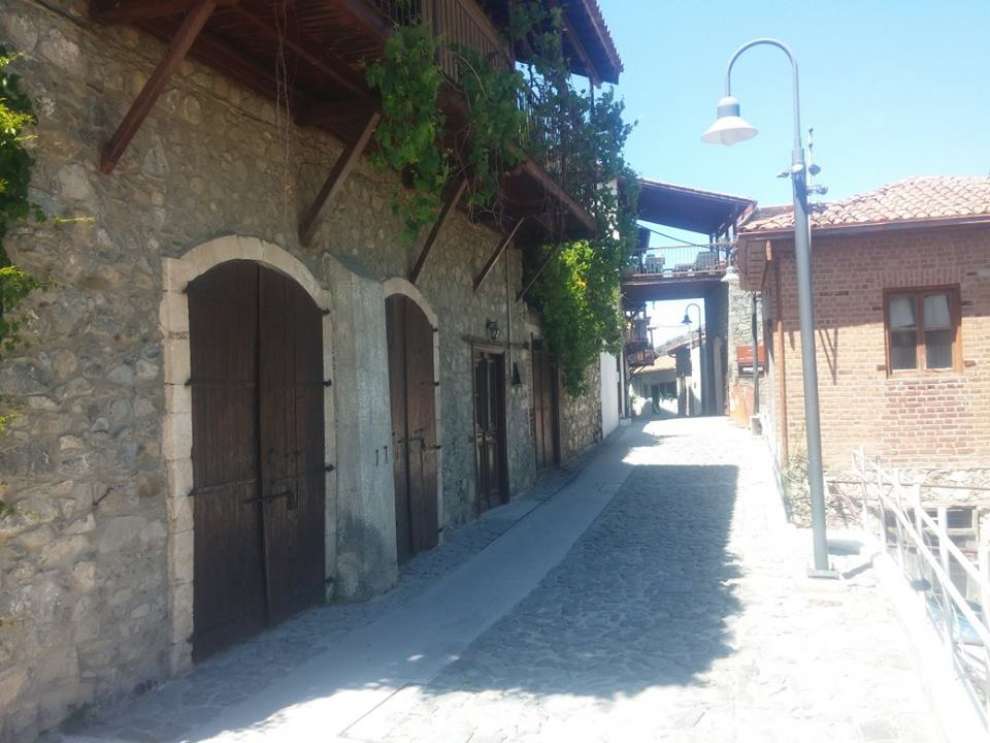 Фотo: ΚΑΤΩ ΜΥΛΟΣ
Фотo: ΚΑΤΩ ΜΥΛΟΣ
Согласно историческим источникам, деревня Като Милос была основана в 1692 году, в период, когда на Кипре распространилась смертельная эпидемия, возможно, холера. Тогда жители соседней деревни Алонация после эпидемии, охватившей их деревню, покинули её и поселились в районе нынешней Като Милос, так постепенно образовалось поселение Като Милос.
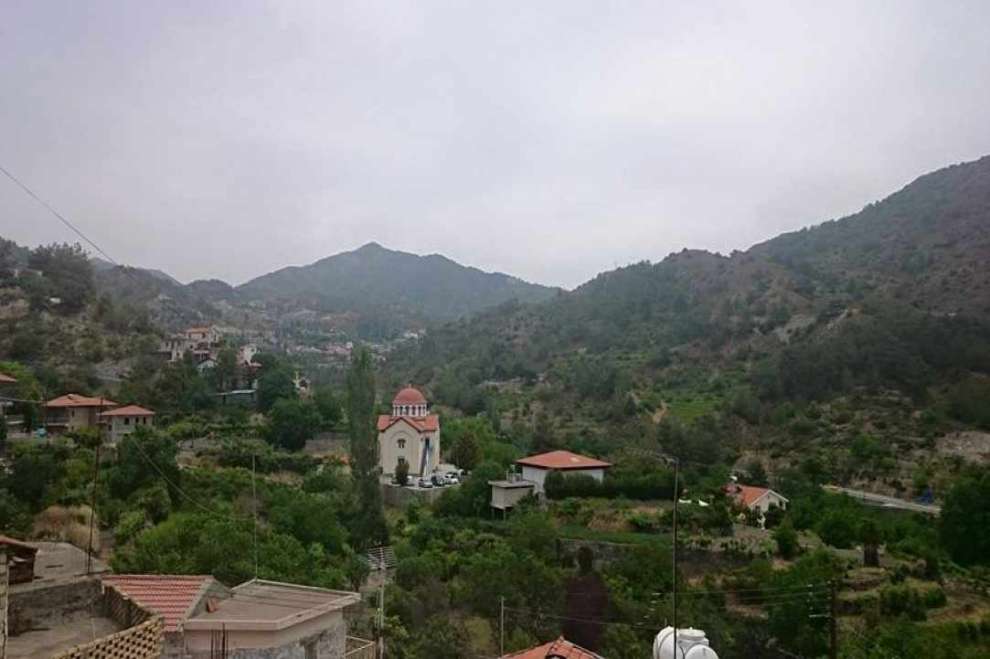 Фотo: ΚΑΤΩ ΜΥΛΟΣ
Фотo: ΚΑΤΩ ΜΥΛΟΣ
Согласно преданию, в прошлом в этом районе существовало две водяные мельницы [греч. Μύλος (милос) – мельница] – Пано (верхняя) и Като (нижняя), стоявшие на реке Лимнатис (приток реки Курис). Позднее на месте одной из двух мельниц образовалась небольшая деревня, а именно на месте «Като Милос», то есть нижней мельницы, отсюда и произошло название деревни Като Милос.
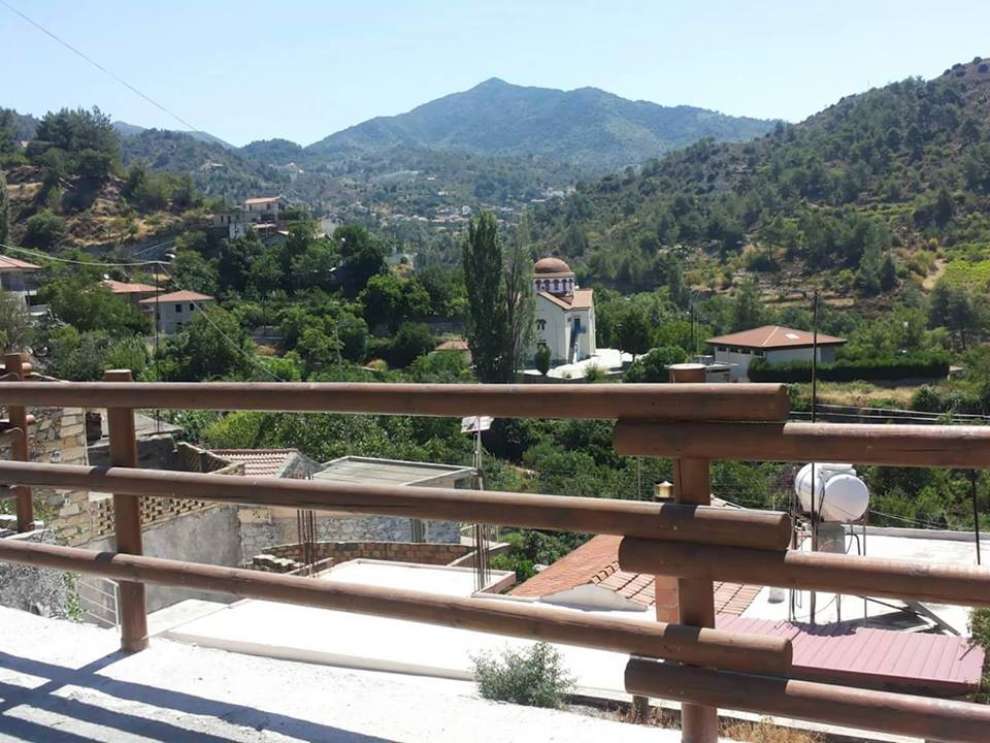 Фотo: ΚΑΤΩ ΜΥΛΟΣ
Фотo: ΚΑΤΩ ΜΥΛΟΣ
Прогуливаясь по узким улочкам Като Милос, посетитель будет очарован живописными видами и красивыми, плотно стоящими друг к другу, домами, которые построены, согласно традиционной кипрской архитектуре.
В деревне Като Милос имеется зеленый природный маршрут для пешего туризма. Эта тропа на лоне природы называется «Алонация» [Alonatzia], она начинается от зоны для пикников деревни, длится 1 км, и заканчивается рядом с отелем Rodon.
Маршрут проходит через различные достопримечательности, в том числе часовни святой Параскевы и Архангела Михаила.
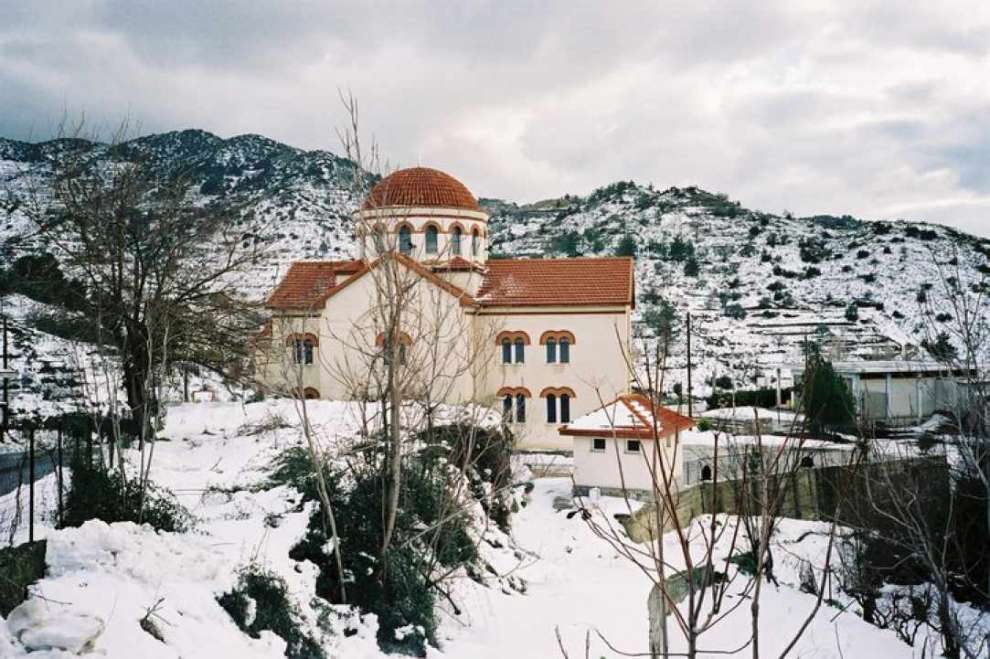 Фотo: ΚΑΤΩ ΜΥΛΟΣ
Фотo: ΚΑΤΩ ΜΥΛΟΣ
Главная церковь деревни, расположенная в центре Като Милос, посвящена Преображению Господню.
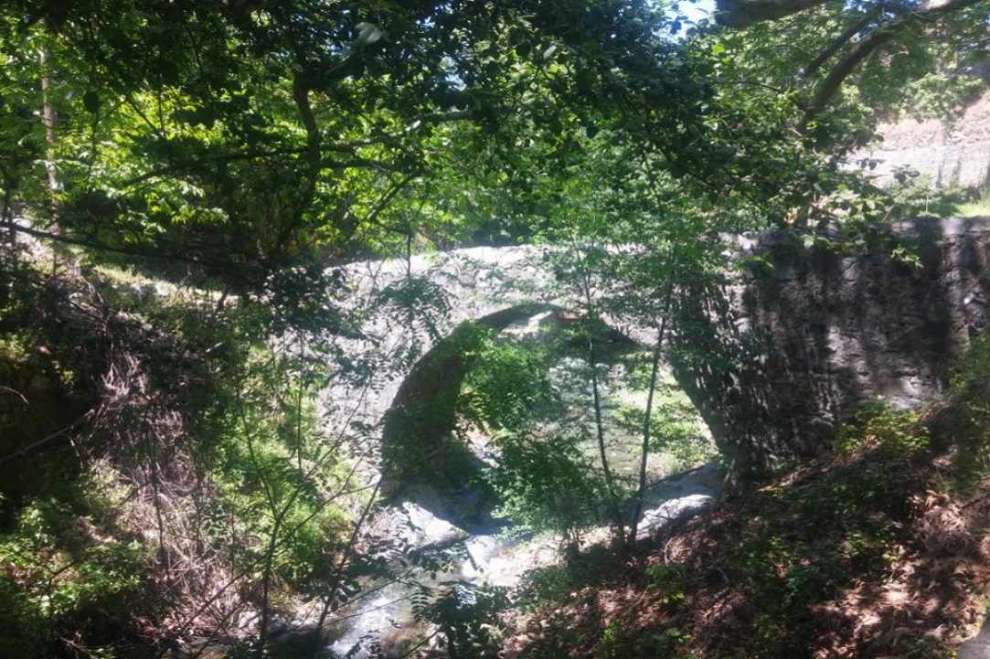 Фотo: ΚΑΤΩ ΜΥΛΟΣ
Фотo: ΚΑΤΩ ΜΥΛΟΣ
Население Като Милос, согласно проведённым на Кипре переписям населения, неуклонно росло в период с 1881 до 1973 год. Затем количество жителей стало сокращаться. Приведём конкретные данные: 1881 год - 80 постоянных жителей, 1973 год – 199, 1976 год – 167, 2011 – 50 постоянных жителей.
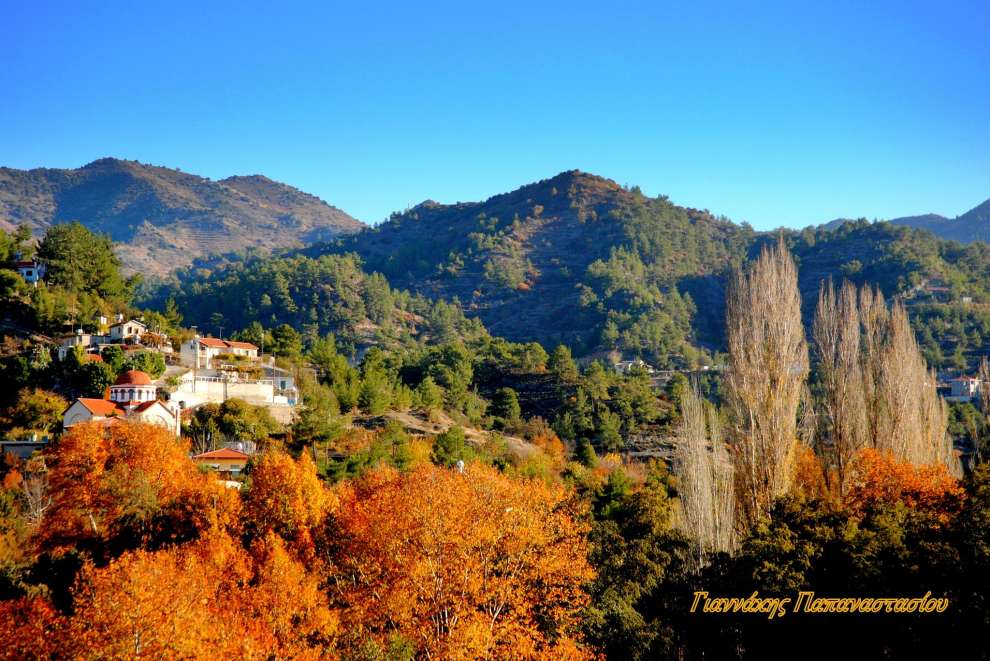 Фотo: Giannakis Papanastasiou
Фотo: Giannakis Papanastasiou
Чтобы посмотреть карту, нажмите ЗДЕСЬ

 Русский
Русский
 English
English Ελληνικά
Ελληνικά